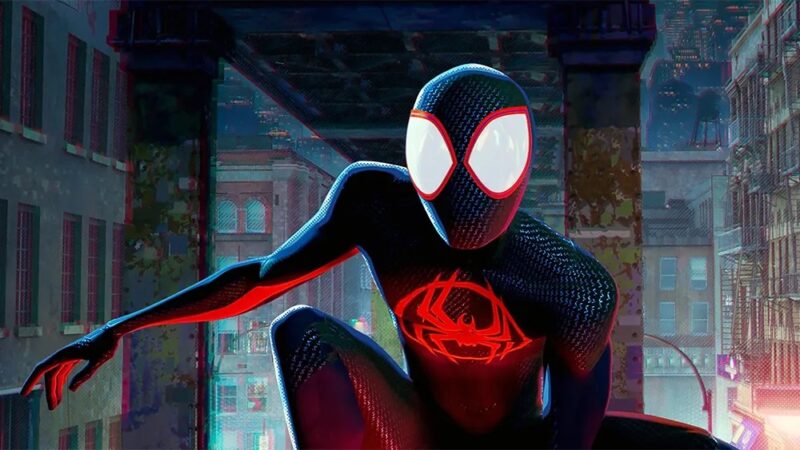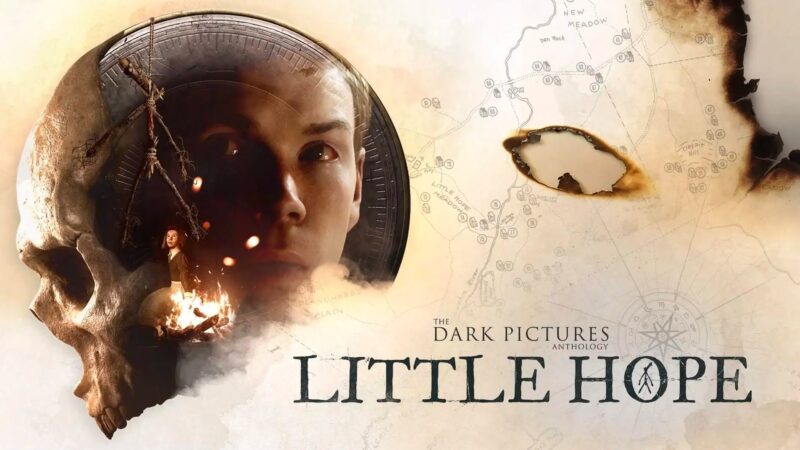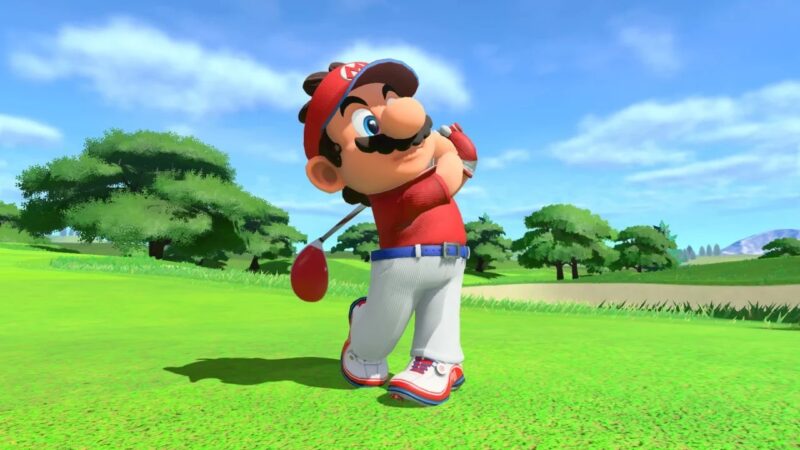Is Persona 4 still Worth Paying? How long does it take to Beat?
The Persona was always a series I wanted to get into. After all, Persona 3 and especially Persona 4 caught on in a way that only a select group of RPGs have. Yet, I only played about a third of Persona 4 before I stopped for whatever reason.
Persona 4
It wasn’t that I didn’t like the game, but other things distracted me from it making it hard to return to without restarting completely. I say this because I’m pretty much a newcomer to the series. I know the characters thanks to my short playtime and osmosis, but I’m not the most knowledgeable about Persona 4. So when I had a chance to play the rhythm spin-off, Dancing All Night, I was unsure because I’m not the biggest rhythm game fan. Little did I know just how much I would get addicted to it.
While Dancing All Night is indeed a spin-off, it’s treated in much the same way as Persona 4: Arena. It’s a canon game that picks up with the Investigation Team after the events of Persona 4. In this case, Rise is set to make her reappearance as an Idol at a huge music fest called the Love Meets Bond Festival. But in order to calm her nerves, she’s asked the Investigation Team to help her as backup dancers, teaching them all the moves they’ll need for the Festival.
But something goes wrong when Idols start disappearing, and the Team discovers the existence of the Midnight Stage. Here, no fighting is allowed but the group discovers that by dancing, they can connect with the Shadows in the audience and essentially defeat them. From that point, the Team works their way through the Midnight Stage hoping to both rescue the Idols and discover who’s behind the kidnapping. Like many Persona games, the story is a bit slow to start.
There’s a good hour of the plot before the first dance even happens. While it can be a little dull, it is necessary to establish all of the new characters and set up the central mystery. Once the story kicks into gear, it becomes really enjoyable. Things start to pay off and while it may seem silly that the group has to connect with the Shadow audience through dance to defeat them, it’s told so earnestly that I easily went along with it.
It’s difficult to say confidently whether prior knowledge of Persona 4 is necessary to get full enjoyment out of Dancing All Night’s story. There are references to things that happened before, but no spoilers for major plot points outside of one involving Teddie. At least it caught me guard since I didn’t experience that during my short playtime of Persona 4.
But I believe the story is strong enough on its own that it’s not an issue. Really, this story is Kanami’s, a brand new character which helps give it some distance from what happened in previous games. Of course, knowing all of the winks and nods certainly adds to the enjoyment. But let’s get to the dancing itself.
Persona 4 gameplay
The mechanics are similar to other rhythm games where players hit notes on-screen in time to the music. Where it’s different is the play area. There are only six buttons to pay attention to; up left, and down on the d-pad and the triangle, circle, and X. But even then, only two buttons have to be hit at any one time. It keeps the gameplay incredibly manageable and I was able to adjust to the system very quickly despite the fact that I rarely play rhythm games.
While most notes are simple taps, there are Unison notes where two buttons have to be hit at once and Hold notes where the button is held for a length of time. So far, it’s nothing that different from other rhythm games. Then there are the scratch lines. These are completely optional to the player, acting as more of a bonus than anything else. However, they are worth pulling off since they’ll increase your combo and score. Simply flicking either analog stick in any direction creates the scratch.
There are also Fever scratches. Activating these is much more important since getting three will trigger the current song’s Fever Mode. Here, another character will join in on the dance, and all Good ratings will continue your combo rather than interrupt it. It’s an excellent way to build up points, and I felt like it enhanced the song to see the two characters dancing together. And that’s really it for the core gameplay.
It’s a system that’s really easy to pick up and play. I got myself comfortable on Easy, built up my confidence on Normal, and actually felt compelled to successfully complete each song on Hard. There’s an even harder difficulty as well that even I was able to eventually challenge. Each jump in difficulty added more notes and forced me to really match the song’s rhythm. Note behavior is even tweaked to add the greater challenge.
But it never felt impossible, which is something I’ve felt like in other rhythm games. It’s a progression that felt very natural and just made me want to try again and again until I got it right. I have spent multiple nights playing until five in the morning just because I enjoyed playing so much.
Persona 4 characters
Once the story mode is complete, most of your time will be spent in Free Dance where you unlock all of the songs and attempt them on these higher difficulties. Each song is matched to a specific character. However, the character that joins them during Fever Mode changes with each difficulty setting. Once unlocked, players can choose what characters they want to see dance together.
At the same time, characters will comment on how you’re dancing offering encouragement, or just having funny little lines. Now while a lot of them did repeat, I often felt like they enhanced the song and made me try harder. But if you do feel that they’re too distracting, there are options to only have specific characters talk or turn them off completely. Otherwise, there’s a shop where you can buy new costumes and accessories for each character. Some are from the original game while others are completely original.
Once I bought them all, I enjoyed setting the costume to random just to see what combination I would get. I felt like it was a good way to keep each song fresh. More importantly, though are the items. Each one unlocks an option in the Dance Settings. These can either make the game easier or more challenging. One might allow you to use any button to hit a note or ensure that a combo continues even if you only get a Good.
But completing the song this way means you will suffer a penalty to your overall score and the amount of money you earn. On the flip side, players can activate settings that mess with the notes in order to earn bonuses. The notes can be randomized, made super-fast, or even made invisible. And you can even combine these in order to get massive scores. It’s something for the more experienced rhythm game players who still desire a real challenge.
Now Dancing All Night could have amazing systems in place and still not be any fun if the music wasn’t good. Yet even during my short playtime of Persona 4, I found a lot of songs I loved. And hearing them here makes them so much better. Many of the songs have been remixed by various artists in addition to having the traditional version. It may seem like a cheat to have two versions of the same song in order to pad out the song selection, but each remix really changes how the song plays.
Some make the music faster and more upbeat while others change the musical style. It really does make each song feel unique. And the songs are pulled from across Persona 4 and its many spin-offs for a total of 27. That might not seem like a lot, but I never got tired of any of the songs though I certainly have my favorites, like the Banvox Remix of Best Friends. And more songs are on the way in the form of DLC.
But even as is, this is a fantastic soundtrack, and I’d almost go so far as to say it requires headphones while playing, just to enjoy it in the best quality. The voice acting is also quite good. Almost every line of dialog is acted in story mode which helps give everything a little more life. Each actor really nails their character despite me being caught off guard by some of the new ones.
But after a short time, I was completely used to their delivery and felt they were a great fit with their character. The graphics, on a technical level, do their job. Everything looks good and oozes that signature Persona 4 style, tinged with a dance hall edge. Most of the story mode is conveyed through talking heads and still photos of certain scenes.
Persona 4 the animation
There is the occasional animated cutscene though. The dances do stand out thanks to the various stages and how each dance is different. The character performing the dance really has their style come through in their performance. Kanji is all about power moves, Yosuke is quick and agile, Yukiko is refined, Rise is obviously the most experienced, and Nanako reflects that’s she’s just a little girl.
It gives each song even more of a personality and the dances are to fun watch thanks to replays but not so distracting that you lose track of what you’re doing.
Persona 4: Dancing All Night shocked me with just how much fun I had. Some may take issue with the comparatively few songs and the slow start of the story mode. Once I started playing the songs and really getting a feel for the systems in play, I had a blast. I haven’t been addicted to any game quite like this in a very long time.
In fact, I’ve already achieved a Platinum trophy, and I still want to keep playing just to get better. I love it that much. The fact that it’s being released on the Vita might limit its appeal, but I feel like it’s a great fit for the system. The game is also compatible with the PlayStation TV though there is a slight input delay. I don’t believe it’ll be too difficult to accommodate to though I greatly prefer it on the Vita.
There’s also an issue on the PlayStation TV where the sound will cut out randomly before or after songs. But overall, I cannot recommend Dancing All Night enough to fans of Persona and fans of rhythm games. Even if you’re just the slightest bit curious, try to play this game. It’s not one to be missed.






